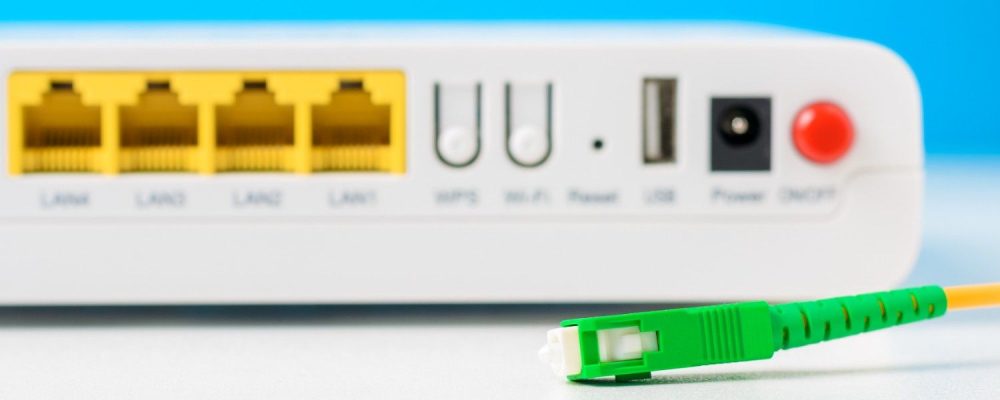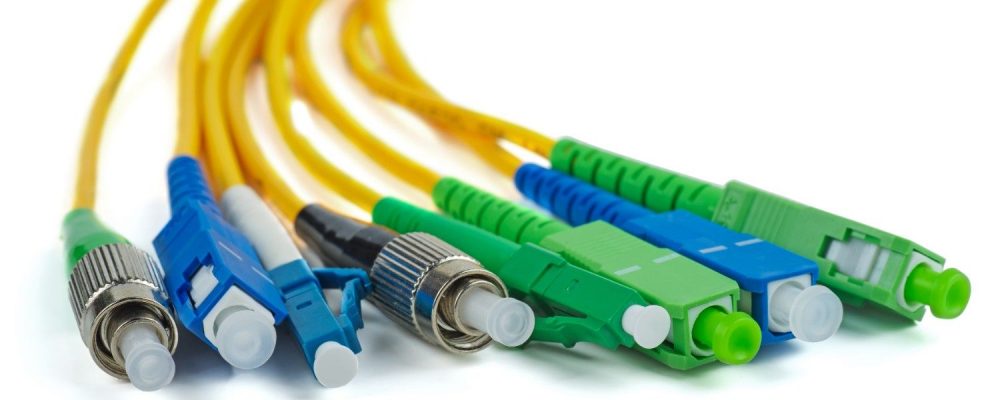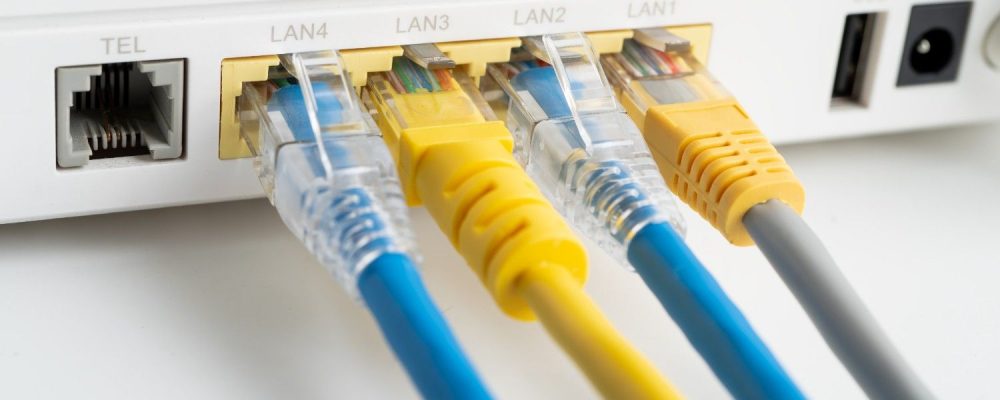Summary: There are two main types of fiber optic cables: single-mode and multimode.
These two above-mentioned types together form today’s internet.

Watching that 4K movie or joining that video call would seem like a breeze for anyone willing to experience it, and yet behind the scenes data rushes violently through fiber optic cables that join homes, cities, and even continents. Depending on the kind of cable used to carry those signals, the speed, reliability, and scalability get affected.
This piece also answers what type of fiber optic cable for the internet connections are used, why they matter in 2025, and how Network Drops designs solutions for a business geared toward the future.
Single-mode fiber is the backbone of global internet connectivity. With a core diameter of 8–10 microns, it allows only one path of light to travel. This reduces modal dispersion and keeps signals clear across very long distances.
Almost all national and international internet fiber optics backbones are single-mode, simply because it scales well and supports wavelength multiplexing for insane bandwidth capabilities.
Multimode fibers are employed for shorter distance links where installation is affordable and simpler than maximum reach. It has a larger core (50 µm or 62.5 µm), which allows multiple modes of light to propagate.
Multimode remains popular where runs are under 300–500 m and where inexpensive optics (VCSELs and LEDs) are preferred over the costly laser equipment required for SMF.
Thus, for such reasons, SMF lands into favor by carriers and ISPs when setting up long-distance and high-capacity internet fiber optics infrastructure.
High Speeds Locally: OM4 and OM5 multimode cables can still carry 40G and 100G Ethernet to data center row or rack cluster.

This explains how fiber is capable of internet speeds: it is all in how the very cables themselves are structured and the variants used in different setups. A fiber cable design basically determines how well it performs under real-world conditions.
Three layers make up an optic fiber cable. The core carries light signals, the cladding takes care of reflecting it back to avoid any loss, while the jacket protects the fiber from dust, moisture, and harm. These constituents make sure data moves fast and reliably.
Loose tubes are used for outdoor runs, resisting moisture and temperature variations. Tight-buffer cables are easier to handle indoors, whereas armored configurations amp up the protection with metal for the tougher environment. Ribbon fiber groups many fibers in a side-by-side orientation so it can be spliced and expanded faster.
Bend-insensitive fiber cuts signal loss caused by bending in tight spaces, making it really useful inside buildings and dense deployments. Hollow-core fiber, still under experimentation, transmits light mostly through air; 20km tests at 800Gbps suggest the beginnings of future internet performance.
The efficiency of a fiber optic network depends on how well it handles signal loss, distance, and compliance with industry standards.

Fiber is deployed in different ways depending on the scale of the network, from undersea cables to the connections inside office buildings.
For global internet backbones, single-mode fiber is the standard. It connects cities, continents, and even undersea routes. Using DWDM multiplexing, a single strand can carry many wavelengths of light, multiplying capacity without laying more fiber.
Regional networks rely on fiber to tie together data centers, ISPs, and points of presence. These links also use single-mode fiber, paired with high-capacity hardware, to handle growing demand in urban areas.
Fiber to the Home (FTTH) brings high-speed connections directly to consumers. This setup almost always uses single-mode fiber for full bandwidth delivery.
Inside campuses and buildings, multimode fiber (OM3, OM4, OM5) is popular because it is cost-effective for shorter runs. For longer distances or when networks need to be future-proofed, organizations turn to single-mode fiber.
The fiber industry is changing fast with higher costs, wider deployment, and new technologies shaping the future of connectivity.
Fiber optic cable for Internet manufacturing has seen steep cost pressures. Between December 2020 and 2022, the U.S. producer price index for fiber optic cable manufacturing rose nearly 20%.
Infrastructure demand was also robust in 2022, it grew 8.1%, and projections suggest a compound annual growth rate (CAGR) over 10% from 2020 to 2027.
Despite rising costs, fiber deployment continues to surge. In 2024, 76.5 million U.S. homes were passed by fiber, marking 13% growth year-over-year.
Today, fiber is available to over half of U.S. households (56.5%).
Industry is pushing newer innovations. Hollow-core fiber, in theory, promises super-low latency. Wavelength multiplexing is advancing into 400G and 800G per channel. Fiber infrastructure is required for 5G/6G backhaul, whereas bend-insensitive fiber is making installations easier within tight, complex environments.
Fiber cabling for the internet is designed with reliability, performance, and growth in mind.
The choice between fiber optic cable selections directly influences network speed, reliability, and long-term scalability. Single-mode fiber is the first choice when it comes to high-capacity, wide-area connections, while multimode fiber remains a best practice for shorter and cost-efficient runs.
Network Drops provides fiber solutions that are engineered around your current infrastructure yet able to support tomorrow’s technologies.
Have a project in which you need to upgrade your aging cabling? Go for our custom fiber solutions from certified professionals and watch your network speed up, secure itself, and become future-ready.
Single-mode allows one propagation mode (ideal for long distances, high speed). Multimode supports multiple modes (cheaper hardware, but limited by distance).
Yes, advanced optical systems can transmit 400G, 800G, and beyond.
Yes, within local networks, campuses, or data centers. But for long-distance Internet backbones, single-mode is preferred.
Dark fiber refers to installed fiber cables not currently in use (“unlit”) but available for future deployment.
Single-mode fiber can carry signals tens of kilometers without repeaters. Multimode is typically limited to 300–500 meters.
"*" indicates required fields
Scott Fcasni is the driving force behind Shock I.T. Support’s commercial datacomm cabling division, delivering expert solutions that power reliable, high-performance network infrastructures. With extensive experience in structured cabling and a commitment to precision, Scott ensures that every project—whether for small businesses or large enterprises—meets the highest standards of quality and scalability.